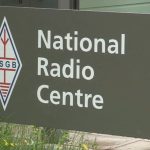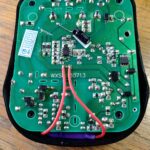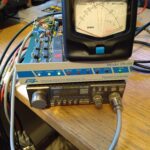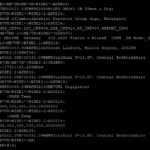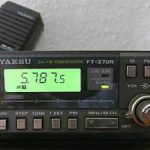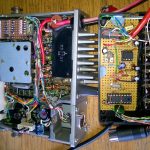 I spent several hours last night, camped out in my car atop Dunstable Downs… the highest point in Bedfordshire.
I spent several hours last night, camped out in my car atop Dunstable Downs… the highest point in Bedfordshire.
An Amateur Radio contest happens at the beginning of each month and I am taking part. As we are operating at VHF frequencies, the higher we can get the aerial, the better.
So, armed with my radio and homemade aerial (constructed from some plastic piping and an old clothes horse that I cut up) and a flask of coffee, I made my way to what I hoped would be my regular parking spot, just outside the car park barriers.
There are several car parks up there and at night they drop the barriers across the entrances. However, there is generally room to squeeze a few vehicles in.
To my dismay, every spot was taken: there were loads of cars up there. It seemed to be some sort of gathering. It was too late for me to search for another spot, so I parked up on the grass verge and set my aerial up behind the car. It was a bit dodgy, because it was very close to the unlit road and it was quite scary with these idiot drivers haring round the corner towards me. Throughout the entire event, I kept my lights on so I could be seen.
I could also be seen by the occupants of all the cars squeezed in front of the barriers. They watched me, as I sat in the car speaking into a microphone and as I got out several times to repoint the aerial. They looked at me curiously and chatted amongst themselves through their open car windows. I couldn’t hear what they were saying, but it was probably along the lines of “Look at this fucking idiot. What’s he up to?”
Despite being in my car – with the doors locked – I didn’t feel comfortable. I didn’t feel safe.
I’m going to have to find a backup location for next month.
Or take a bodyguard with me.
